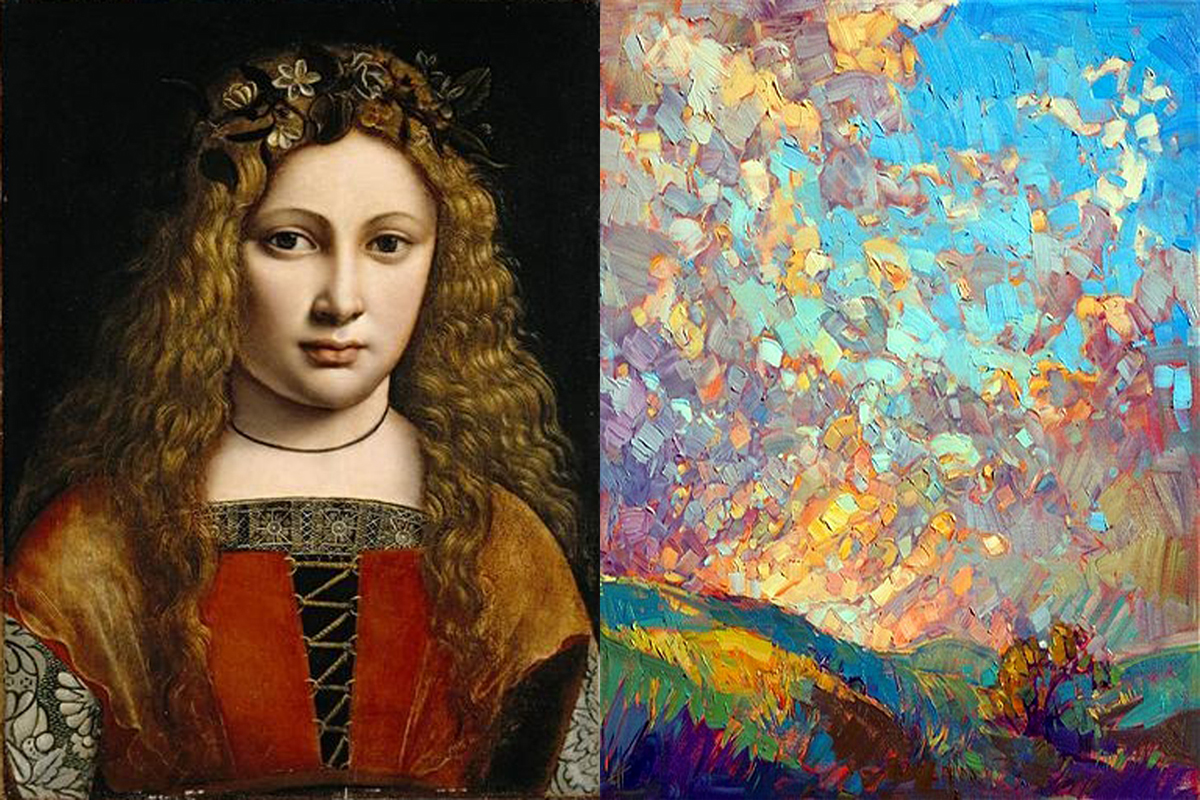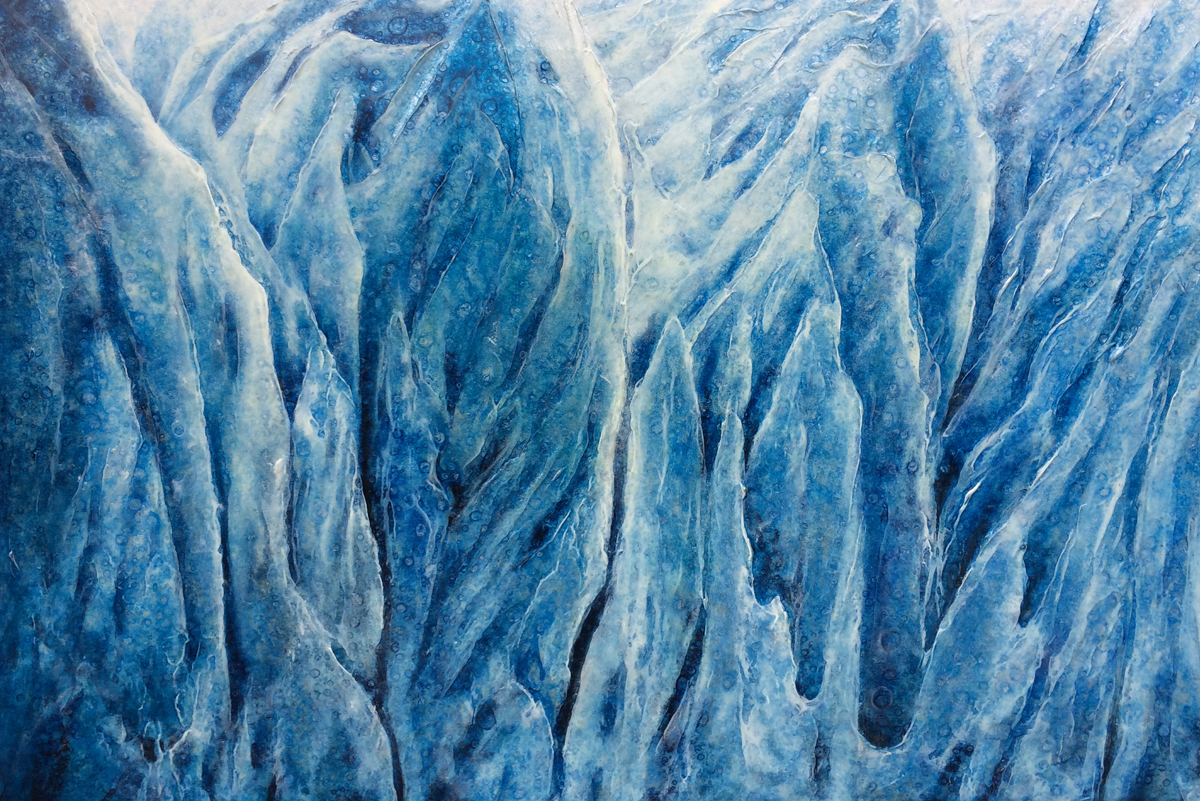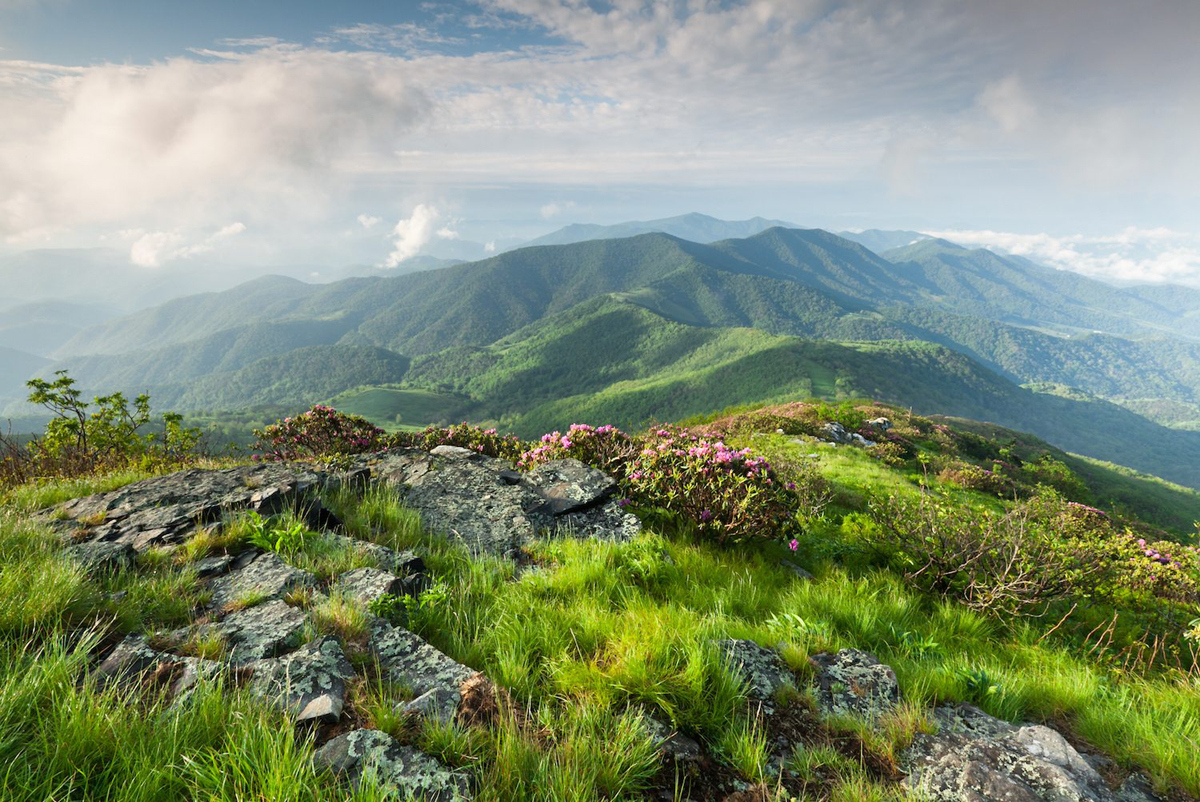In our basic survey of world views, we have looked at three so far: Theism, Deism and Naturalism. We have considered the basic assumptions espoused by these world views and their affect on culture and specifically upon art. By way of reminder, the basic assumption of theism is that "God is here". This world view asserts that the Creator is present and wants relationship with us. Deism asserts that God is "out there somewhere" (not here). He, she or it exists (order we see in the universe would suggest that) but that God is distant and a personal "relationship" with him/her/it is not possible. Naturalism states that to debate whether or not God exists is pointless, because the only way to determine the truth of something is to be able to prove it scientifically (hypothesize, predict, test, repeat). Since the existence of a deity is impossible to prove scientifically, the notion of God is therefore dismissed. Nihilism is the natural and obvious next step in the evolution of western thought. Nihilism is a philosophical position which argues that if naturalism is indeed correct, then it stands to reason that human existence is without objective meaning, purpose, comprehensible truth, or essential value.
So Nihilism simply looks at naturalism and draws the natural conclusions. For instance, if there is no deity, no "judge", no absolute standard of right and wrong, then there is no point in us judging anyone or anything because the notions of right and wrong are purely human constructs. A strict nihilist therefore could not say "racism is wrong" or "sex slavery is wrong" or "mass murder is wrong". They may say it's painful, but they could not say it's "wrong" if the concept of "wrong" is in actuality non-existent.
Nihilism has profoundly affected western civilization, and its effect can be very clearly seen in the arts.
Personally, I find Nihilism fascinating, but fascinating like studying the Ebola virus would be fascinating (deadly but fascinating). This is a really powerful (and incredibly influential) world view, and when it was propagated by philosophers like Friedrich Nietzsche, it was unique as a world view in that it offered no future hope of things made right. We are left with the "rule of the jungle" -- the strongest tyrant rules -- and what he or she does or does not do matters nothing, because nothing has ultimate value.
A strict Nihilist would say that finding "meaning to life" is an opiate to get you through this existence with at least some semblance psychological health, but that's all it is (an opiate) because real "meaning" is non-existent. Nihilism asserts that we are all here by chance and in a few billion years when the sun explodes there will be no trace we ever existed and so nothing anyone does ultimately matters at all.
What kind of art would you expect to be generated by an artist with this world view?
You might assume that such a pessimistic world view would have not really caught on, but you would be wrong. Nihilism has profoundly affected western civilization, and its effect can be very clearly seen in the arts. So many people coming into my studio in Asheville's River Arts Distrct have said things like "I really don't 'get' most art" or "I look at some artwork that's supposed to be great and think 'this makes no sense at all! A four year old could have thrown the paint onto this canvas! And this is supposed to be 'art'? It's pointless!" See, this is where you must consider the world view of the artist in order to understand what he or she was trying to communicate with the art. I mean, what kind of art (painting, sculpture, prose, poetry) would you expect to be generated by an artist with this world view?
The Madman
by Friedrich Nietzsche
"Have you not heard of that madman who lit a lantern in the bright morning hours, ran to the market place, and cried incessantly: "I seek God! I seek God!"---As many of those who did not believe in God were standing around just then, he provoked much laughter. Has he got lost? asked one. Did he lose his way like a child? asked another. Or is he hiding? Is he afraid of us? Has he gone on a voyage? emigrated?---Thus they yelled and laughed
"The madman jumped into their midst and pierced them with his eyes. "Whither is God?" he cried; "I will tell you. We have killed him---you and I. All of us are his murderers. But how did we do this? How could we drink up the sea? Who gave us the sponge to wipe away the entire horizon? What were we doing when we unchained this earth from its sun? Whither is it moving now? Whither are we moving? Away from all suns? Are we not plunging continually? Backward, sideward, forward, in all directions? Is there still any up or down? Are we not straying, as through an infinite nothing? Do we not feel the breath of empty space? Has it not become colder? Is not night continually closing in on us? Do we not need to light lanterns in the morning? Do we hear nothing as yet of the noise of the gravediggers who are burying God? Do we smell nothing as yet of the divine decomposition? Gods, too, decompose. God is dead. God remains dead. And we have killed him.
















